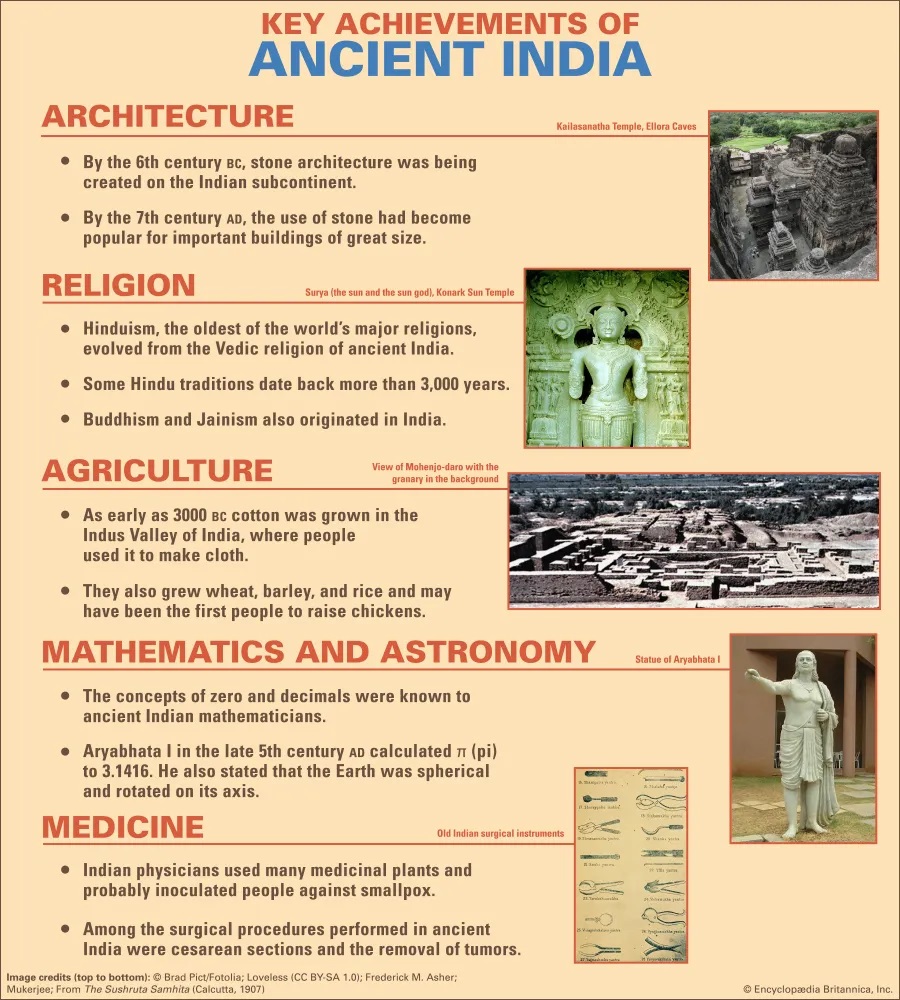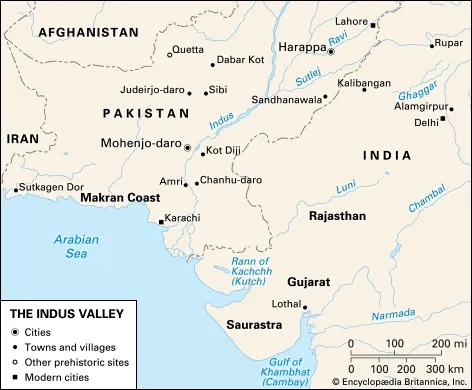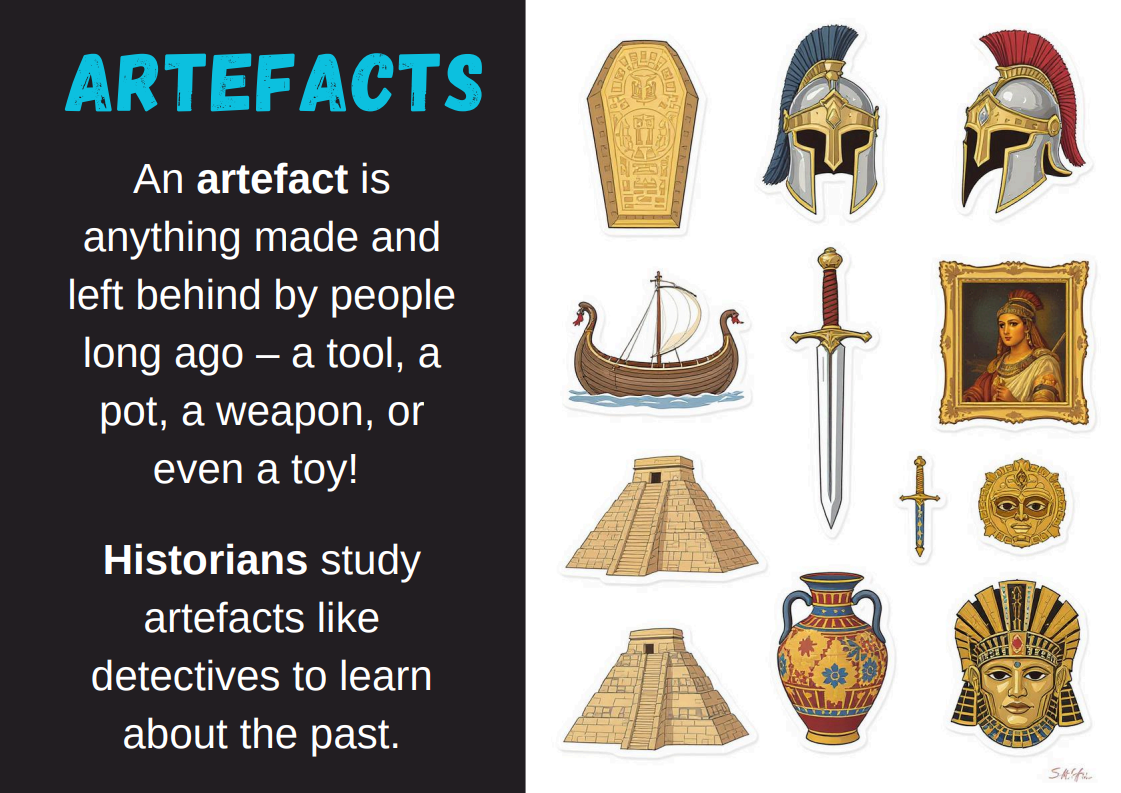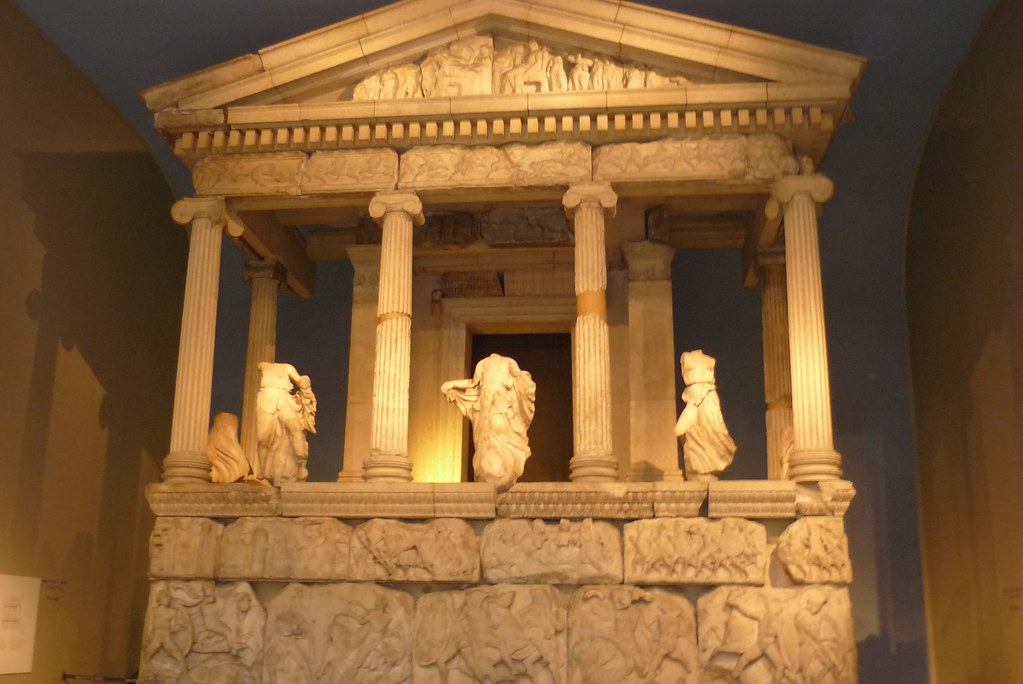Ancient Civilisations
Ancient India
Resource Key
When accessing content use the numbers below to guide you
 LEVEL 1
LEVEL 1
Brief, basic information laid out in an easy-to-read format. May use informal language. (Includes most news articles)
 LEVEL 2
LEVEL 2
Provides additional background information and further reading. Introduces some subject-specific language
 LEVEL 3
LEVEL 3
Lengthy, detailed information. Frequently uses technical/subject-specific language. (Includes most analytical articles)
Key Achievements

Click the link in the reference below to see the enlarged image
Encyclopædia Britannica. (n.d.). ancient India: key achievements . [image]. Britannica School. Retrieved September 2, 2025, from https://school.eb.com.au/levels/middle/assembly/view/232877
Reference Generator
Remember to use the Reference Generator to build your bibliography as you research.
Access all your resources through Nexus – it’s your go-to for the LibGuide and digital tools
Ancient Artifacts

The following articles are from the Informit database and are of a high reading level. However, they contain valuable information that you can use for your assessment
Map

A map shows some of the cities and towns of the ancient Indus valley civilization, with some modern city and country names included.
Encyclopædia Britannica. (n.d.). Indus valley: historical map . [image]. Britannica School. Retrieved September 2, 2025, from https://school.eb.com.au/levels/middle/assembly/view/54159
Videos

What is an Artefact?

Web Links

-
Britannica School: Ancient IndiaThe many artifacts and artworks found by archaeologists indicate that the residents of the Indus had reached a fairly high level of culture before their civilization was destroyed.
-
Ancient Civilizations: IndiaNational Geographic.
India has been home to major civilizations since around 2600 B.C.E. Examples include the Indus Valley civilization, the Vedic Age, the Mauryan Empire, and the Gupta Empire.
Nexus-S Resources

Th British Museum
The British Museum in London has a fascinating collection of ancient Indian artefacts.
These objects help us learn about India’s history, religions, art, and everyday life from thousands of years ago.
- Amaravati Marbles – stone carvings from a Buddhist stupa showing scenes from the life of the Buddha.
- Tipu Sultan’s Tiger – a mechanical sculpture showing a tiger attacking a soldier, once owned by an Indian ruler.
- Sultanganj Buddha – a large bronze statue showing the skill of ancient Indian metalworkers.
- Statues of Hindu gods – including Shiva, Vishnu, and Durga, made from stone and bronze.
- Jain temple carvings – peaceful figures and symbols from the Jain religion.
- Miniature paintings – colourful artworks showing stories, royal life, and traditions.
- Ancient coins – from Indian empires like the Mauryan and Mughal, showing rulers and trade.
- Textiles – including muslin and embroidered garments showing India’s famous fabric-making skills.
- Weapons and armour – decorated swords and shields used by Indian royalty.
- Manuscripts – old texts written on palm leaves and paper, including parts of the Ramayana and Mahabharata.
- Mughal jade objects – beautifully carved bowls and vases made from jade stone.
- Ashoka Pillar fragment – a piece of a stone pillar used to spread messages across ancient India.
- Hoysala bronzes – detailed statues from South India showing gods and dancers.







